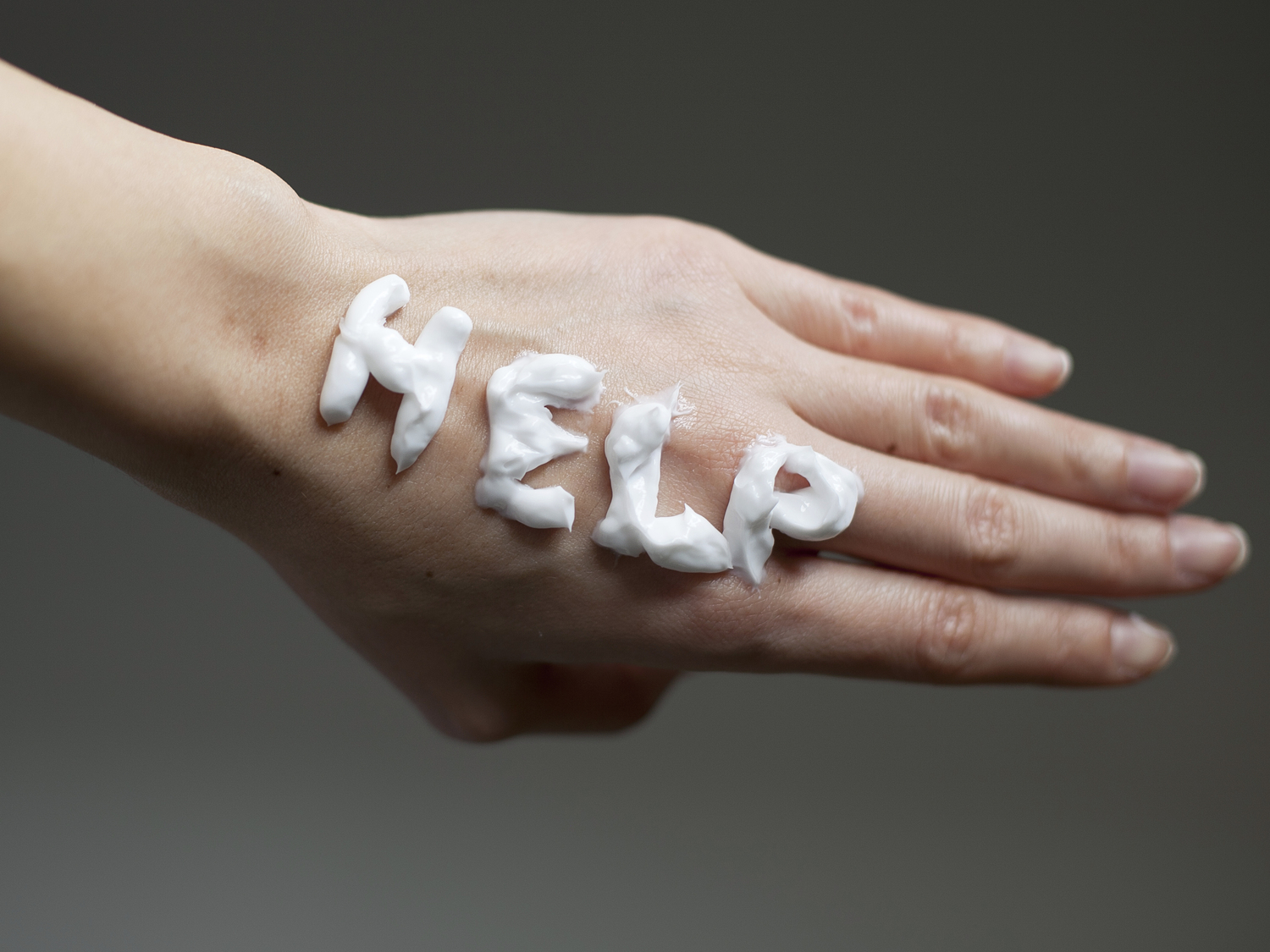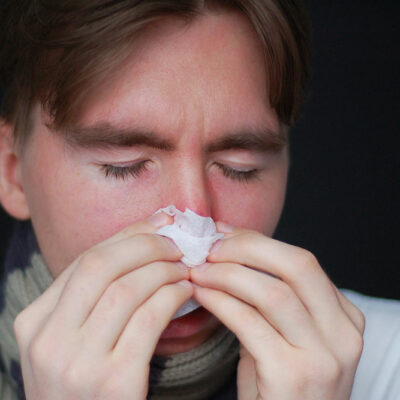
Treatments for Atopic Dermatitis
To see children suffering with atopic dermatitis is heartbreaking. The symptoms for atopic dermatitis include itchiness, redness with a rash, scaly dry skin, and open sores. It is an autoimmune disease that results in increased skin sensitivity. The rash will appear on babies around their mouths, chin, elbows, and knees. Later it can show up in the folds of the skin, on the scalp, behind the ears and even on the bottom of the feet.
All of this may not sound so terrible until one realizes that there is an increased chance of asthma as result of this disease and that the sores can become infected, especially as the moisture barrier breaks down. There are a variety of treatments available that at the very least will make the occasional flare-up easier on a child or adult. The following treatments can provide relief from the symptoms of atopic dermatitis:
1. Keep nails trimmed
The first line of defense is to break the dreaded itch-scratch cycle. Nothing could be easier than to trim the nails since it will be nearly impossible to stop a baby from scratching. At least this step alone will help prevent the opening of the sores.
2. Stay away from allergens
Dust, animal hair, and cigarette smoke are all common irritants. Soaps can also be a problem for anyone with atopic dermatitis. Stay away from strong soaps that may irritate, and be careful not to overwash. The last thing you want to do is to make the skin so clean that all layers of protective oils are washed away.
3. Wet wrap therapy
This is supposed to rebuild the skin barrier and reduce inflammation which has proven to be quite effective. It’s done by soaking somewhat tight fitting clothing in a tub of warm water and wearing it over a steroid treatment or moisturizer on the affected area. The moisturizer is to be put on the body after a 15 minute soak in warm water and patting the skin dry. The clothing should then be wrung out and worn damp. Another loose layer of dry clothing can be worn over them for warmth. This can typically be worn for 12 hours, but be careful that nothing could shift and cut off breathing overnight.
4. Moisturize
moisturizers are, of course, good for building up and maintaining the skin’s protective barrier, but realize that lotions will create this barrier to a lesser degree than ointments do. Some recommend using petroleum jelly as a moisturizer.
5. Oral antihistamines
These are sometimes used to calm the itching, but you should not give any over the counter cough and cold medications to children under 4 years of age. Please check with your doctor before taking any medication.
6. Phototherapy
Phototherapy requires a certain kind of light called UVB. It can reduce the itching, and increase vitamin D. It helps about 70 percent of people, but there are risks as well, including sunburns, melanoma, and headaches.
7. Dupixent monoclonal antibody
Dupixent has to be given by injection and at this time can not be given to young children, but clinical trials resulted in 75 percent relief of symptoms in over half of the participants.


